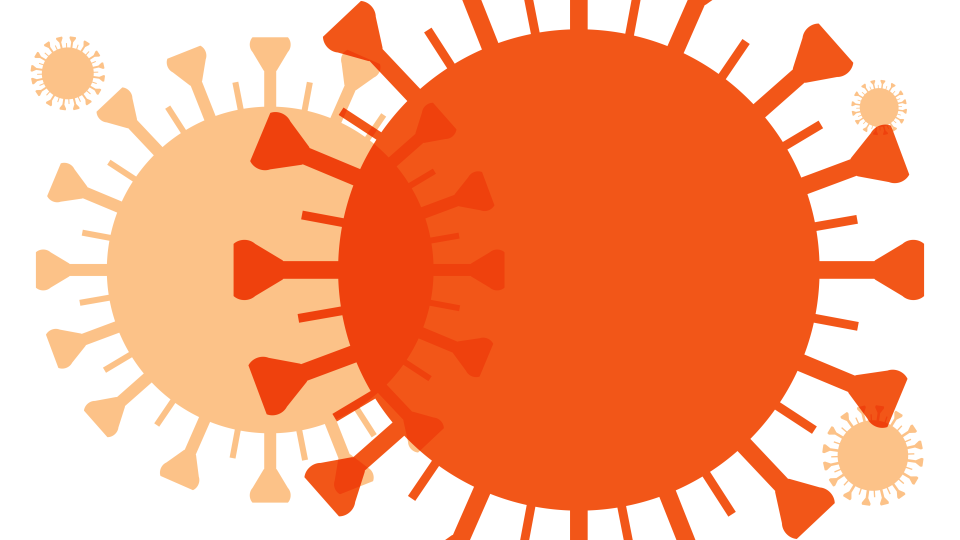Omicron infections may have peaked, but hospitalizations and deaths will still increase for weeks, models show
Omicron hit the USA hard and fast in the past month, but modeling by several universities shows the wave of infections may have crested – and hospitalizations and deaths should follow.
COVID-19 infections peaked Jan. 6, according to researchers at the Institute for Health Metrics and Evaluation at the University of Washington’s School of Medicine.
“We peaked at 6.2 million infections,” said professor of epidemiology and health metrics Ali Mokdad. The group estimated the number of infections based on seroprevalence surveys.
That’s close to estimates by the University of Texas, Austin COVID-19 Modeling Consortium, which puts the peak somewhere between Jan. 9 and 13.
“That’s a range between the most pessimistic and optimistic scenarios,” said Lauren Ancel Meyers, director of the consortium.
The crest came more quickly than the University of Washington group estimated last month, when they anticipated it would hit Jan. 27.
"Omicron came in and spread so fast it infected everybody who could be infected. Also, it was the holidays, so people were traveling, which increased the spread," Mokdad said.
As of Monday, reported COVID-19 cases had increased 53% from a week earlier, averaging more than 750,000 new infections per day, according to a USA TODAY analysis of Johns Hopkins University data. About 27,000 Americans are admitted to hospitals every day, and more 1,600 people are reported dead.
Mokdad’s group estimated that by Jan. 3, at least 57% of Americans had COVID-19 at least once. The group's model presumes for every one reported case of COVID-19, there are five actual cases.
The reported number is lower as results from home coronavirus tests are not well-tracked and there are many asymptomatic cases so people may not seek testing. Research published by the JAMA Network in December, covering only the delta variant of the virus, found more than 40% of those who tested positive were asymptomatic.
Because hospitalizations lag infections by about two weeks, the University of Washington team estimated the daily U.S. hospital census, including incidental admissions with COVID-19, will peak by Jan. 25 at 273,000.
Omicron has proved to be milder: 7 in 1,000 infections, or 0.7%, result in hospitalization, according to Mokdad's group. The rate on Nov. 4, while delta was the dominant strain, was 33 of every 1,000, or 3.3%.

COVID-19 mask guide for omicron surge: Why N95, KN95 masks are so much more effective than cloth
Though less severe than delta, omicron is much more contagious, so the numbers will still be high, said Jeffrey Shaman, an infectious disease modeler and epidemiologist in the department of environmental health sciences at the Mailman School of Public Health at Columbia. His team built one of the first COVID-19 models.
“A lower percentage of people become severely ill, but so many more people are being infected that it comes out to large numbers nonetheless,” Shaman said.
Because of that, U.S. hospitals are in for a rough January.
“It’s going to put a real burden on the system,” he said.
Hospitals don't typically function as well with extremely high numbers of patients, Meyers said.
“What we’ve found in prior waves of COVID, during these periods when hospitals are at or above capacity, patients don’t fare as well, they’re more likely to die," she said. "There isn’t the level of equipment, there just aren’t enough health care workers to provide the level of care we want to provide.”
Reported deaths will rise to 1,930 per day by Jan. 24, the Washington team’s model predicts.
That's much lower than last winter's 3,400 daily peak death rate, when vaccinations had just begun and treatments were being figured out, Mokdad said. The model predicts total U.S. COVID-19 deaths at 905,000 by April 1. As of Tuesday, more than 840,000 Americans had died from the virus, according to Johns Hopkins University.
By February, the University of Washington team estimated, the USA will be back to a much lower infection rate but will be dealing with “a lot of devastation” from the previous two months, Mokdad said.
The peak will hit at different times in different places, Meyers said: Some areas are coming out of the omicron surge while others are just heading into it.
That could mean the beginning of the end of the COVID-19 pandemic, or it could be a lull before the next variant hits.
“I will never relax with this virus,” Mokdad said. “It’s taught us that we don’t know much about what curves it will throw at us.”
Contact Elizabeth Weise at eweise@usatoday.com.
This article originally appeared on USA TODAY: Omicron has peaked, research models show, but COVID is far from over

